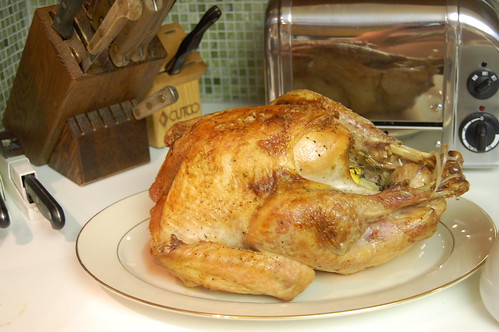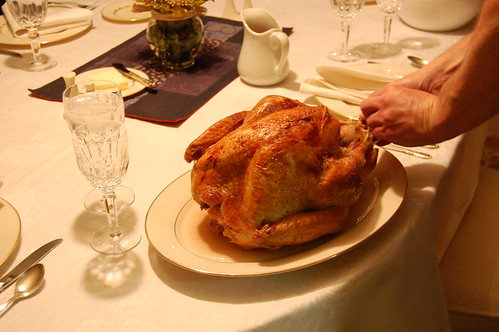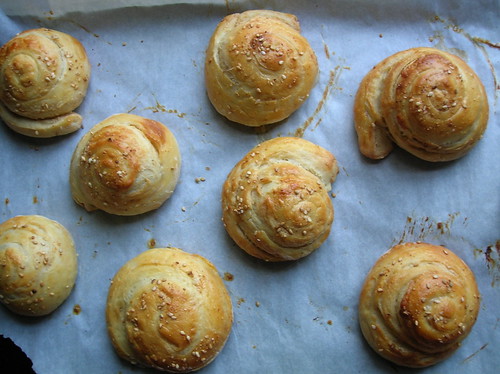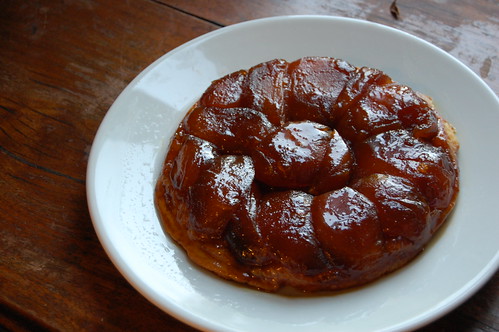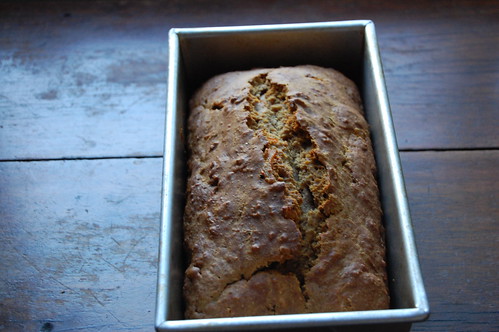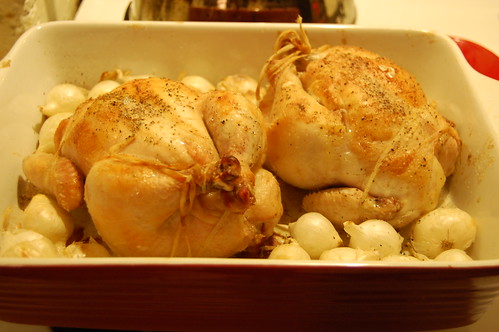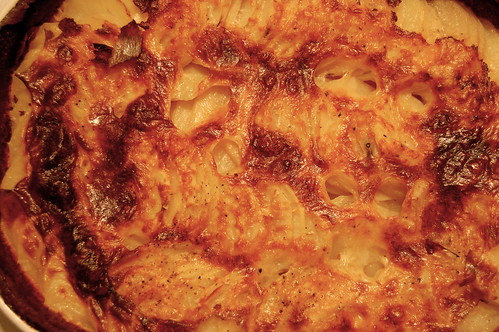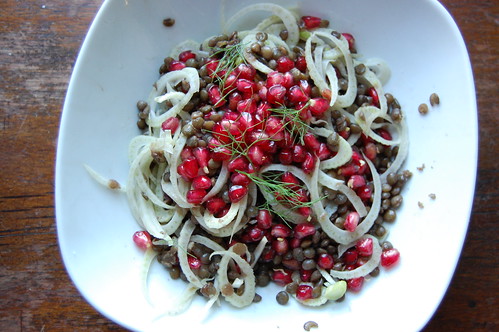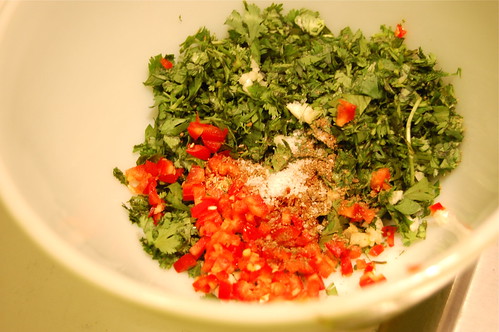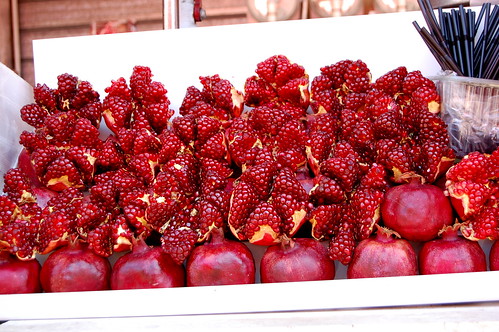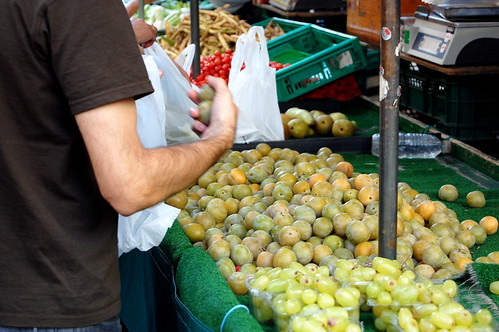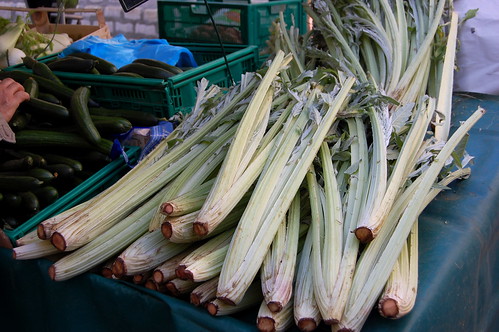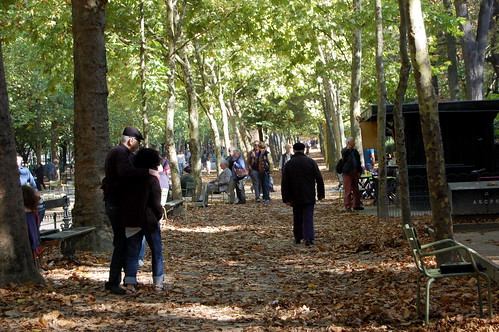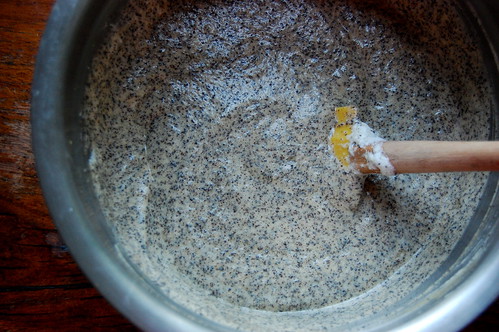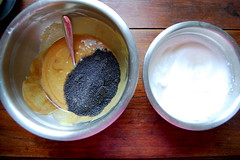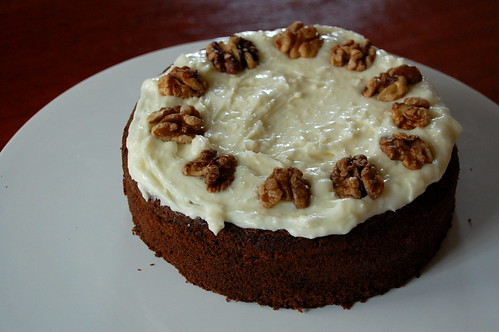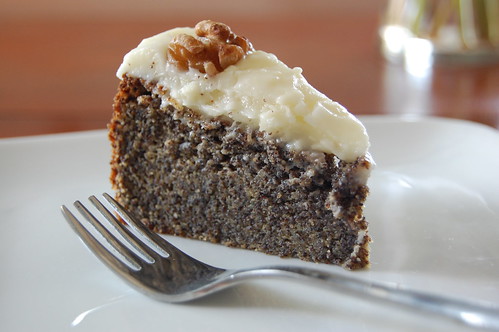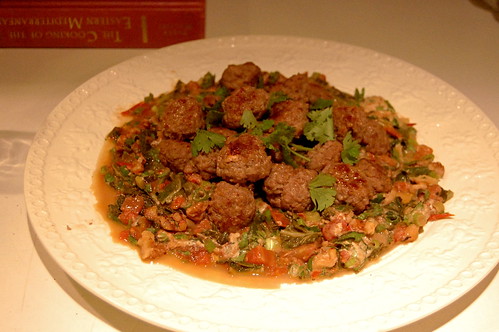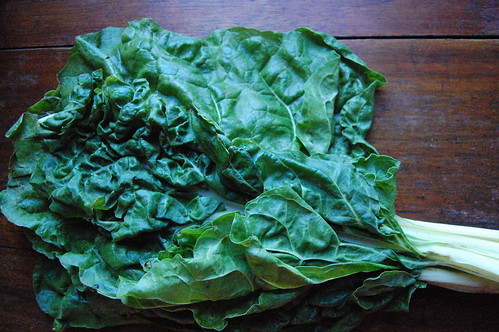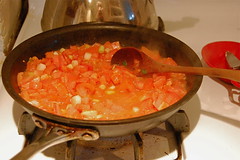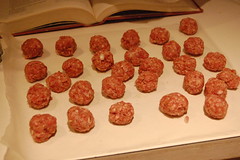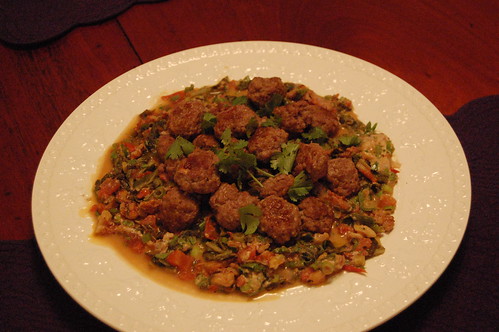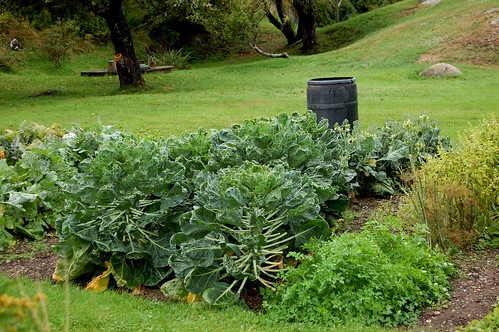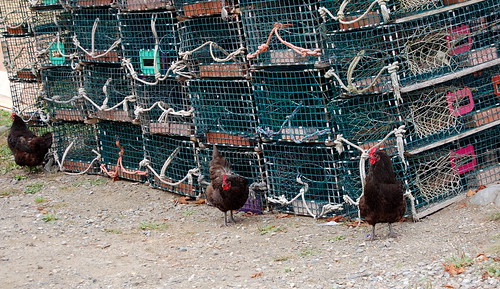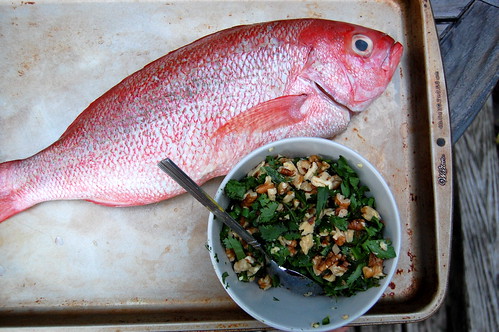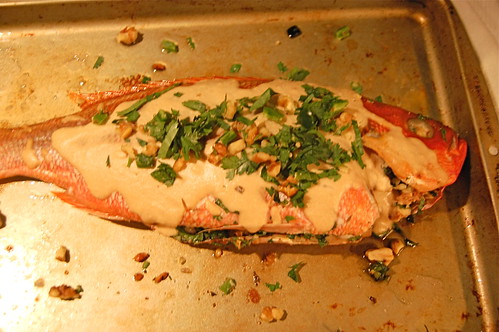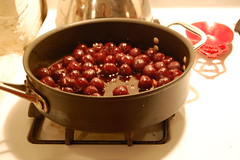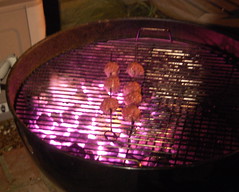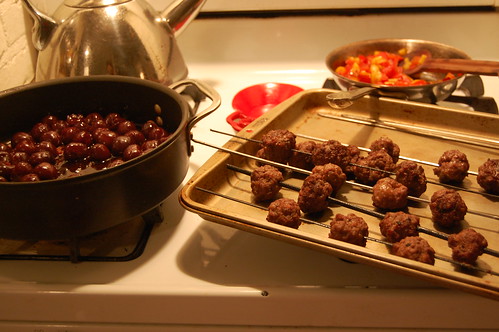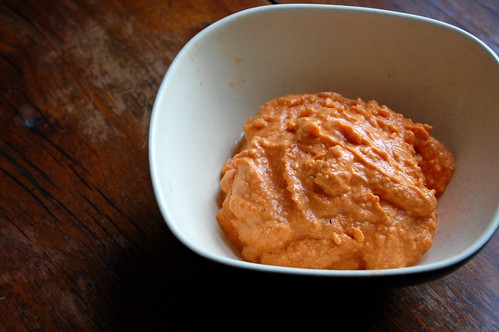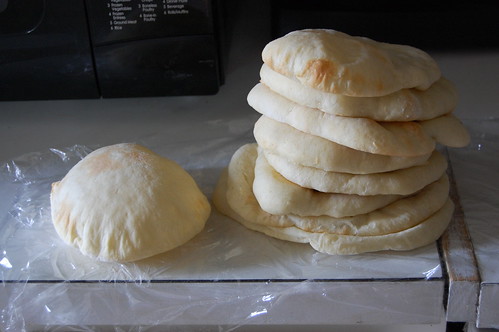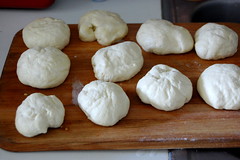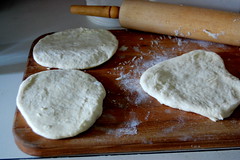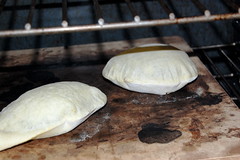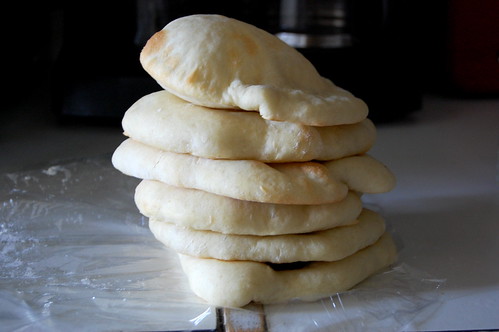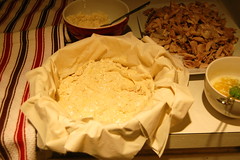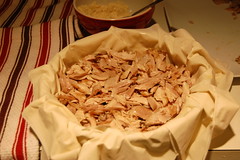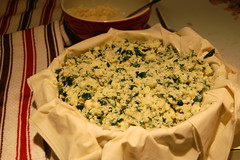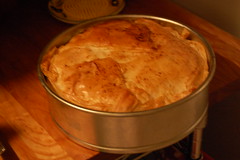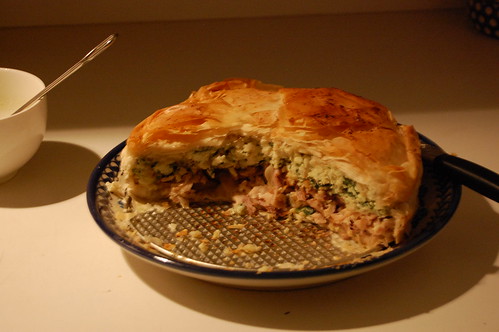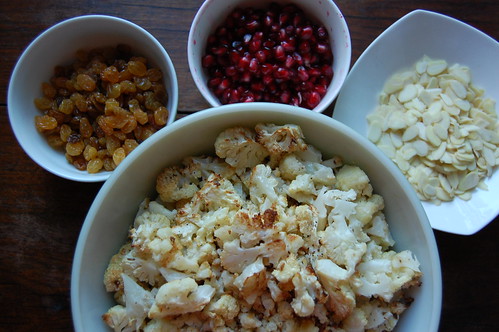
I've been meaning to write this post for a long time, so long in fact, that this recipe has changed since I originally intended to write about it. That's a good thing, meaning that this recipe is a favorite of ours and that it is quality controlled and tested (another way of saying I ate a lot of it). But the thing I've been meaning to write about is the difference between roasting and frying. If you were to ask a Western chef, say Michael Ruhlman, about the difference, he would probably give you a long answer about heat and molecules and fat absorption. But in the most of the world (that is in the 2nd and 3rd worlds), there is one distinction between frying and roasting: money.
The cost of cooking fuel is a major expense in many households and it costs a whole lot more to heat an oven at a consistent temperature than it does to use a relatively small flame to heat a pot of frying oil. And I'm not talking just about poverty here, for middle class families in places like Iraq and Syria, where people have modern ovens and cooking appliances, the oven is still reserved for use sparingly, for special occasions and big cuts of meat, because of the cost associated. And in many places like China and Japan, ovens aren't even a standard part of the kitchen.
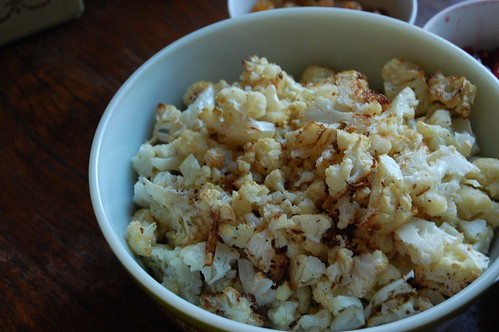
I say this mainly because there are several Middle Eastern recipes where I adapt frying to roasting. Frankly, I don't want to wrestle a pot of boiling oil, and roasting is a bit more healthful and easier. In the case of this recipe, it started with a simple preparation for cauliflower. The cauliflower is broken into florets, fried in a shallow pan of oil, and served with a squeeze of lemon and maybe a bit of tahini sauce. It's addictive, in a way you never thought cauliflower could be.
I roast the cauliflower in a pan in the oven, which means you can roast the entire head at once. I originally served the cauliflower with just a drizzling of tahini sauce, then I added a few slivered almonds, then some golden raisins, and so on until I arrived at this salad. It's crunchy and creamy and tart and perfect for winter.
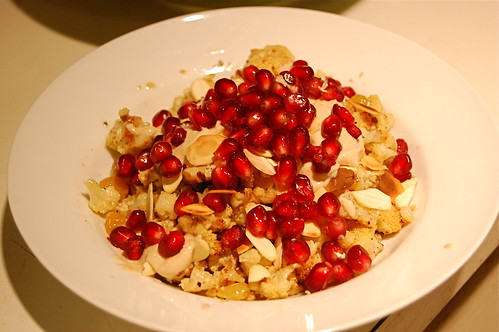
Roast Cauliflowers with Tahini, Almond, and Pomegranate
Don't be surprised if you find you can eat a whole head of roast cauliflower yourself, it's surprisingly addictive. Pine nuts can also be used in place of almonds.
1 large head of cauliflower
olive oil
salt and pepper
1 recipe tahini sauce
1/2 cup golden raisins
1/2 cup slivered almonds
1/2 cup pomegranate seeds
1 cup of chopped parsley and cilantro (mixed)
1. Preheat oven to 410 F. Place head of cauliflower sideways on a large cutting board, and start slicing about 1/2 inch slices across the top. There will be a mess of tiny florets everywhere, that's okay. When you reach the core, slice the sides of the cauliflower in the same manner. Chop any large florets into smaller bits (about 1-2 inch pieces). Discard core.
2. Drizzle olive oil over a large baking sheet. Add all the cauliflower to the baking sheet, drizzle with a bit more olive oil and roll around so that cauliflower is coated in oil. Season well with salt and pepper. Roast cauliflower for 25-35 minutes, until browned in spots and large pieces of cauliflower are tender when poked with a knife.
3. Meanwhile, while cauliflower is roasting, place raisins in a bowl and pour boiling water over the cover. Let sit to plump. Toast almonds in a skillet until lightly browned and fragrant.
4. Transfer cauliflower to a serving bowl. Drain raisins, and add raisins, almonds, and herbs to cauliflower, stirring to mix. Drizzle tahini sauce over top (you may not use all of it). Sprinkle pomegranate seeds over. Serve warm or at room temperature.

